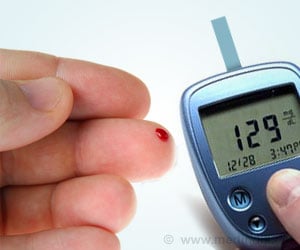Manufacturers should build in cybersecurity controls when they design and develop the device to assure proper device performance in the face of cyber threats.
Highlights
- The US Food and Drug Administration issued a set of recommendations for securing medical devices.
- Robust cybersecurity is an ongoing process that requires maintenance and regular software updates.
"Today's post-market guidance recognizes today's reality, Cybersecurity threats are real, ever-present and continuously changing," said Suzanne B. Schwartz, MD, the FDA's associate director for science and strategic partnerships, said in a statement. "As hackers become more sophisticated, these cybersecurity risks will evolve."
The FDA recommends manufacturers continually monitor cybersecurity vulnerabilities of devices and should create a program to mitigate these risks.
Additionally, they should assess vulnerabilities in their products and how they could affect patients, while working with researchers to better understand potential cyber risks. Manufacturers should also address issues early on before an exploit can occur, through deployed mitigations, such as software patches.
The FDA also stressed that it's important for developers to apply the core rules of National Institute of Standards and Technology to improve cybersecurity infrastructure.
"It's only through application of these guiding principles, executed alongside best practices such as coordinated vulnerability disclosure, that will allow us all to navigate this uncharted territory of evolving risks to device security," Schwartz said.
Source-Medindia










